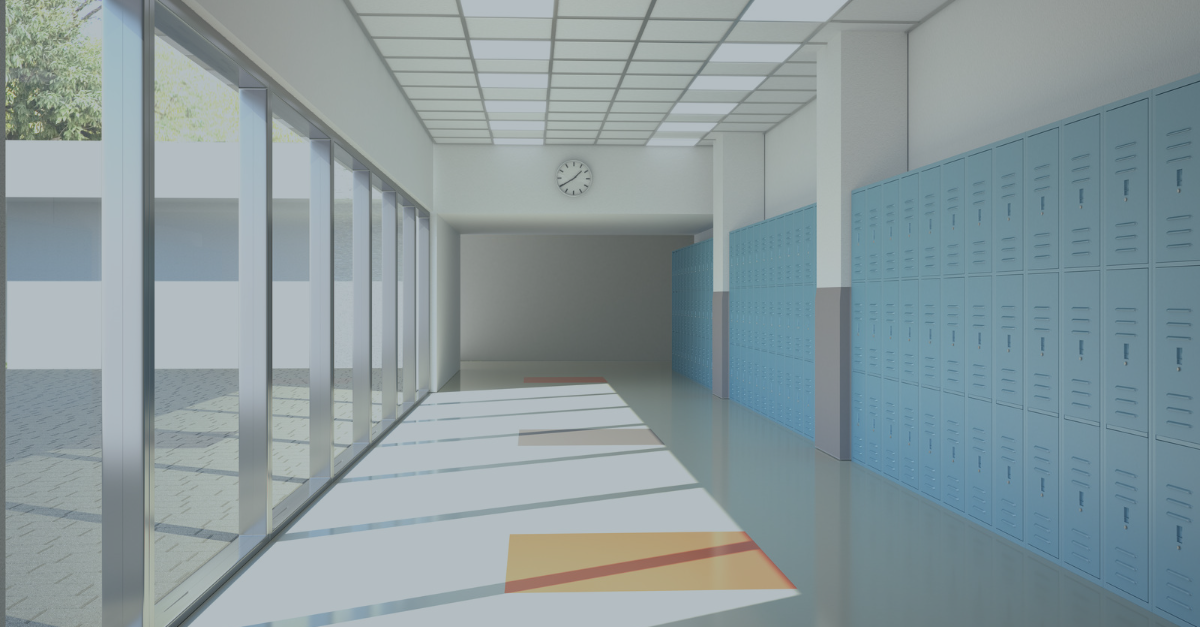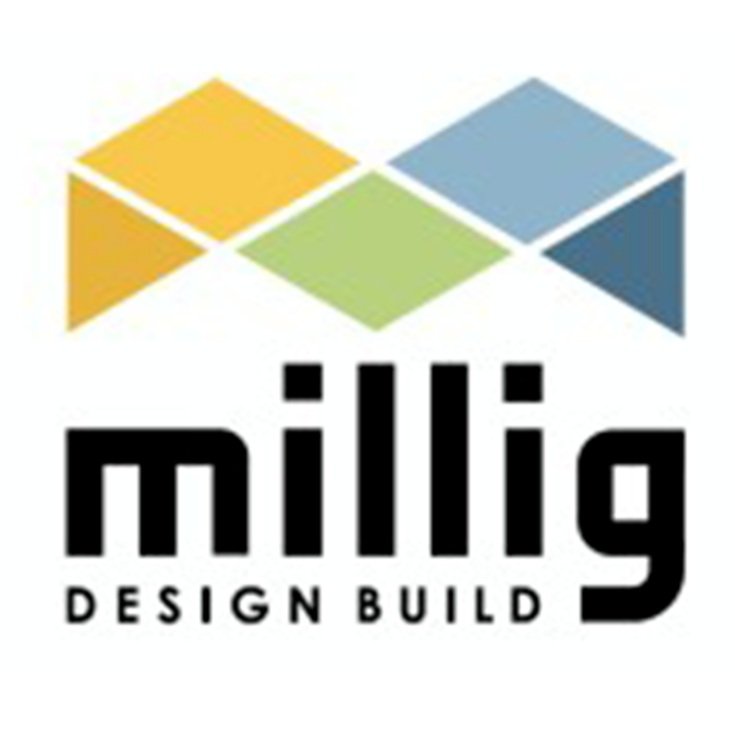
By Amy McVey
The Power and Potential
of Carbon-Neutral Schools
Energy Savings & Enhanced Student Productivity
Educational facilities account for a substantial portion of commercial building energy usage in the United States. Gas combustion for space, hot water heating, and cooking alone accounts for $12.5 billion in annual costs and emissions equivalent to 18 coal-fired power plants. The environmental impact is immense, but so is the potential for change. Transitioning to Net Zero - ensuring district operations have no net contribution to greenhouse gas emissions - is achievable and can offer substantial advantages in terms of energy savings and enhanced student productivity.
Typical Education Building Energy Use in Percentages
The benefits of such a transition extend far beyond simple cost savings. Energy efficiency measures and integrating renewable energy sources can lead to substantial financial savings over time. Notably, these savings can be redirected to critical areas such as educational resources, facility upgrades, and additional staff, enhancing the overall quality of education.
Furthermore, many decarbonization strategies have added health and productivity benefits. Upgrading HVAC systems, for example, reduces energy consumption and significantly improves indoor air quality. This results in a healthier environment that can boost cognitive function and reduce illness-related absences. Enhanced ventilation and temperature control also create a more comfortable learning environment that can foster focus and engagement.
Real-World Renewables Education
The journey towards Net Zero can also be a practical learning platform for students. With a growing emphasis on STEM education, the process of decarbonization presents hands-on learning opportunities in the areas of energy engineering, climate change, and sustainability. This real-world application of classroom theory not only enriches the learning experience but can inspire students to pursue careers in these critical fields.
How Millig Helps Districts Decarbonize
As an integrated engineering and construction firm, Millig Design Build has developed a comprehensive and actionable building decarbonization strategy, and our in-house team has the know-how to execute it in a way that meets your objectives without disrupting the work your district buildings and their occupants have to do.
Load Reduction: Our strategy begins with energy load reduction. By retrofitting facilities to be more energy-efficient, we significantly lower operating costs and ease the burden of later, more costly decarbonization steps. In concert with load reduction, our team expertly coordinates renewables sizing for maximum emissions reductions.
Electrification: We assist districts in transitioning from combustion-based systems to renewable energy through load electrification. This step is critical, as true decarbonization requires a complete transition to renewable energy sources, like heat pumps.
Renewable Energy: With most of the world's power still generated by fossil fuel plants, we help school districts expedite their transition to net zero through distributed energy generation opportunities, like on-site Solar Photovoltaics (PV).
Clean Fuels: In cases where eliminating 100% of carbon emissions is not immediately feasible, we help schools supplement their energy needs with clean fuels.
Reducing Non-Combustion Emissions: Our team also works on reducing non-combustion emissions, typically from refrigerants and other working fluids in HVAC systems.
Decarbonizing school buildings represents an incredible opportunity to shape healthy, efficient, and sustainable learning environments. Through a holistic focus on improved ventilation, energy efficiency, and renewable energy sourcing, the Millig team empowers schools to lead the way in combating climate change while fostering spaces that enhance learning and growth.
About Amy McVey
Amy is passionate about increasing the environmental quality of the built environment and lowering the impact buildings have on climate change. As the Director of Marketing, Amy works closely with Millig Design Build’s interdisciplinary team to elevate thought leadership around energy efficiency, building health and safety, indoor air quality, and decarbonization. Before helping start Millig Design Build, Amy worked in advertising as a creative director.
OUR SOLUTIONS
Heating, ventilation, and air conditioning
Smart meters and building controls
On-site solar and other renewable energy systems
LED lighting retrofits
Building envelope improvements
Water systems
CHP-Cogeneration
And more
CONTACT US


